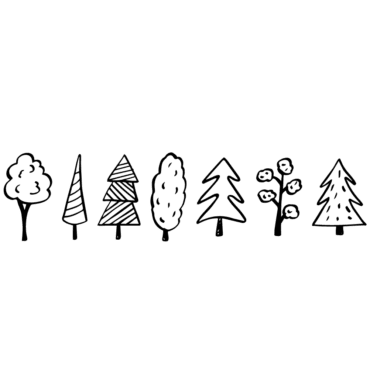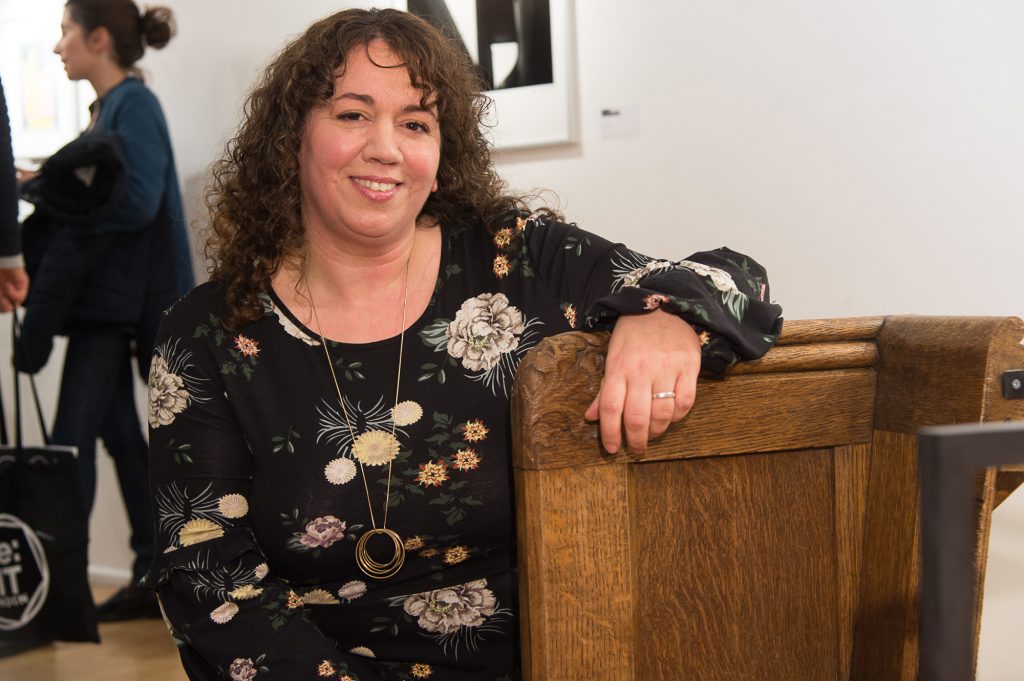
Hi Teresa! You pursued a different path before completing a fine art degree in 2015. Did you always know you’d make the career switch to art? How did you find the process?
I always wanted to study fine art, however it was something on the distant horizon. I finally realised after quite a while, that if I didn’t make the leap at that point then I would probably never would. To be honest I initially planned to only complete a foundation course, however I was encouraged by my wonderful tutor David J Batchelor to continue onto a BA course.
The foundation course was a great entry point for me. I had spent so much time out of education, and with David’s support and encouragement I realised that I wanted to commit absolutely to becoming an artist. Completing the BA Hons Fine Art course at Chelsea was a dream come true. The course enabled me to explore all types of fine art, without having to label myself as a painter or a sculptor and that is still the case. I create works in different media depending on what feels appropriate to the idea or project. I don’t like to describe myself as a painter or a sculptor. I’m an artist.
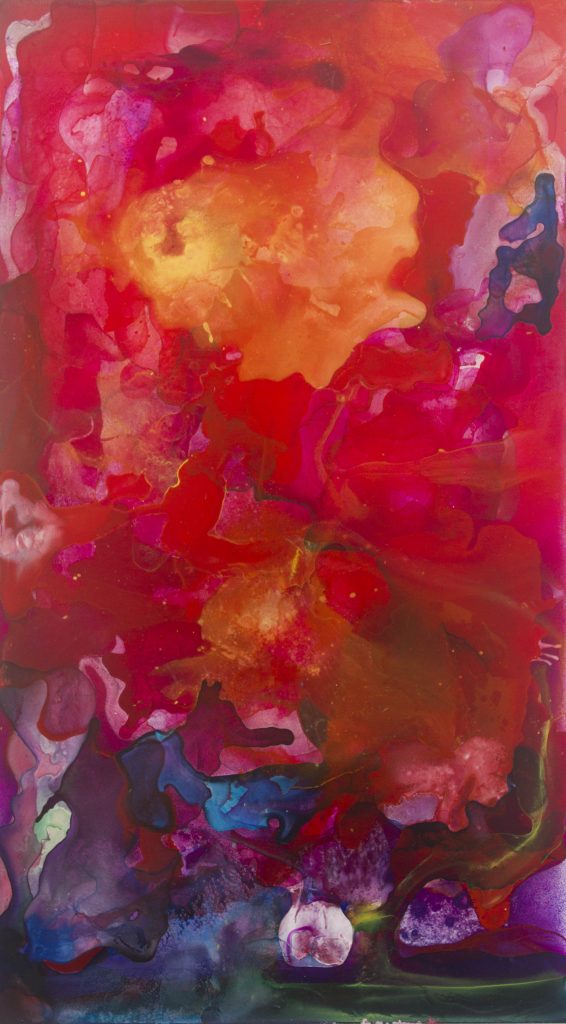
Your artwork leaves a lot of room for interpretation, covering themes of identity, memory and perception. What story are you telling?
My current work continues the theme of memory reconstruction and I have been focusing on creating paintings, often using my Maltese heritage as inspiration. The paintings are drawn from memories and abstracted such that the elements collate to form an emotional response using colour, rather than a literal interpretation.
I’m fascinated by how memories can be prompted by those of others, so whilst my works are mainly inspired by my own of Malta, I want people to feel a connection with my work, and to discover something about themselves. Through exploring my memories I’m hoping to prompt a reaction of familiarity with the viewer that makes the work personal to them too; I suppose a shared affinity, which then creates that connection.
Another of my fascinations is how individuals’ perceptions of the same information can lead to wildly varying reactions. My works often prompt the viewer to ‘see’ images or shapes within them. It’s a phenomenon called pareidolia and it’s when we try to make sense of random shapes and see relatable forms amongst the abstract shapes; like when we see an elephant in the clouds or a face looking at us amongst the shadows in a curtain. It’s amazing how different audiences perceive different images in my paintings and once something has been pointed out within the work it suddenly becomes obvious!
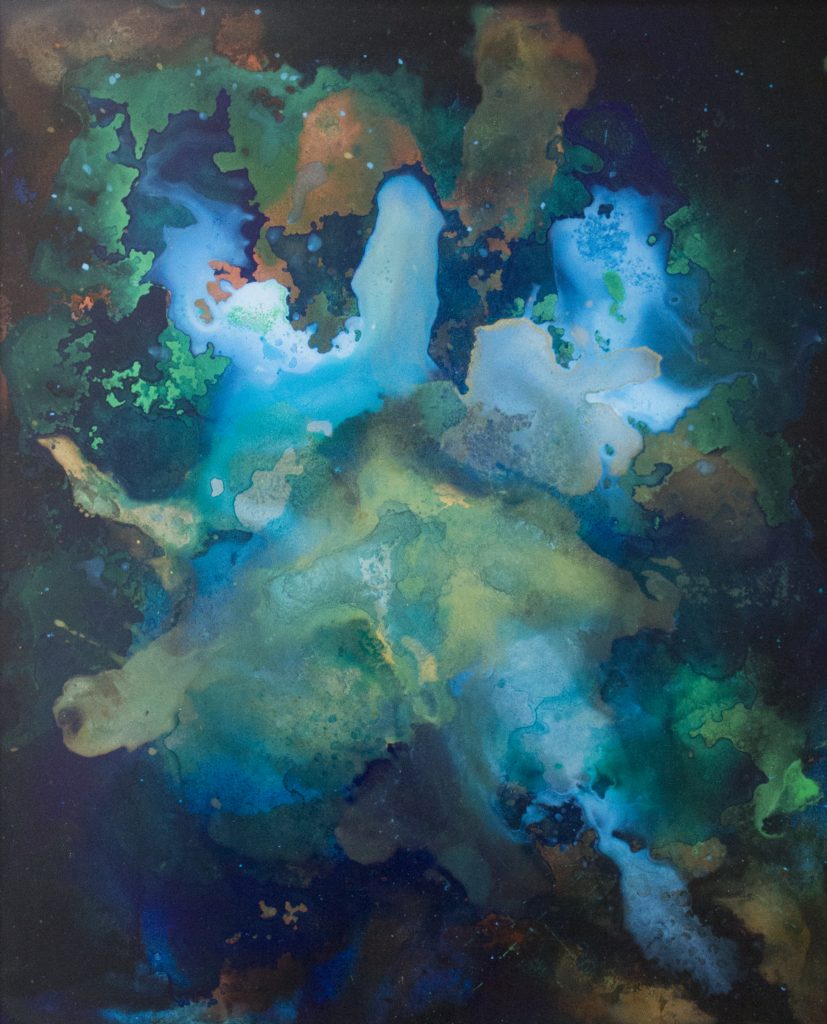
I’ve heard you talk about ‘controlled freedom’ in your creative process. Can you tell us more about that? Is it true you don’t always see the finished piece until the end?
‘Controlled freedom’ is my description of how I often apply materials within my paintings. I use lots of different ways of application and I sometimes like to allow the materials to find their own path whilst at the same time restricting and manipulating them. It sounds like a contradiction in terms but it’s the best way I can describe it.
I mainly use the ‘controlled freedom’ method when I’m painting on acrylic glass and the painting is created in reverse. I liken each layer within my paintings as a separate detail of a memory. These layers overlap and interact with each other affecting and changing those that come before and after. Just as a memory is a collection of details ‘seen’ together, my paintings are multiple layers seen together; responses to an event which are collected together in a single view. I meticulously plan the order and placement of the materials however when they are created in reverse I don’t see the piece until the very end. It’s only at that point that I get to see whether the finished piece reflects what I was thinking of.
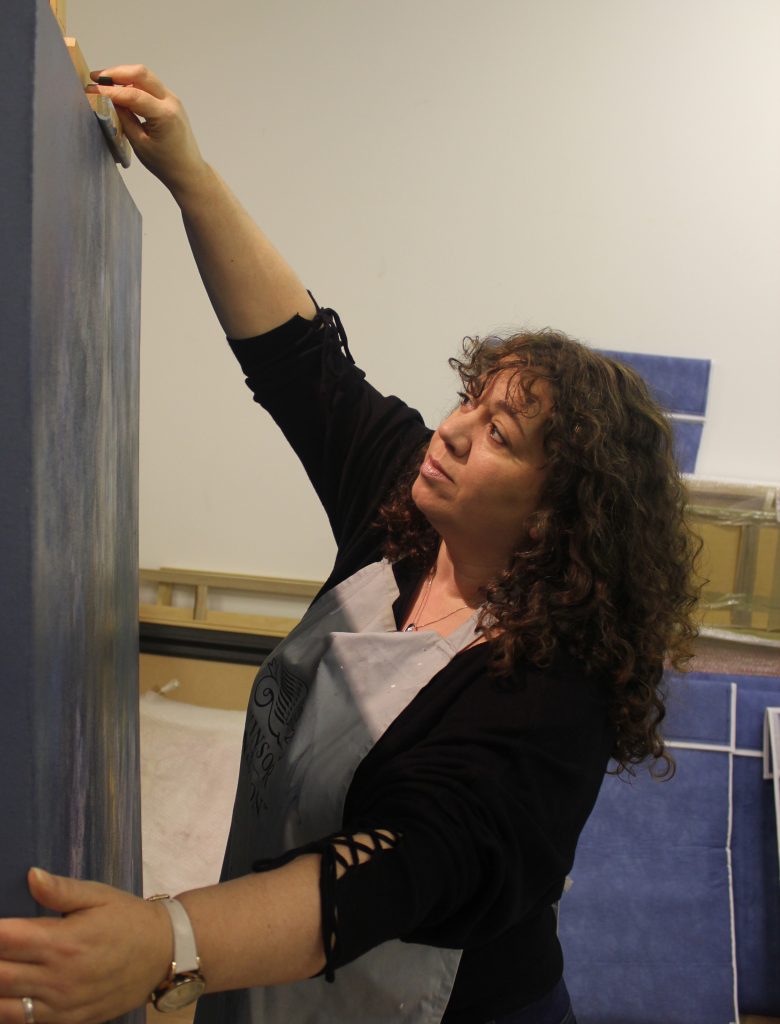
2017 was an exciting year for you! What’s the most important thing you learned?
It’s certainly been a busy year. I’ve had my work in quite a few events and I was delighted to be included in the Young Contemporary Purchase Prize 2017 run by the Ingram Collection. Thankfully the young in the title refers to stage in artistic career! Not only was my work in the show at the Cello Factory, the organisers held sessions for the selected artists which were exceptionally helpful.
The most important thing I’ve learnt is definitely the value of patience. After graduating I was so eager to start my career I was impatient to succeed. It’s exhausting! This last year I’ve found it’s more important to consider my choices rather than jumping into everything with both feet, and to allow myself the time to select those things that I really want to do and concentrate on them.
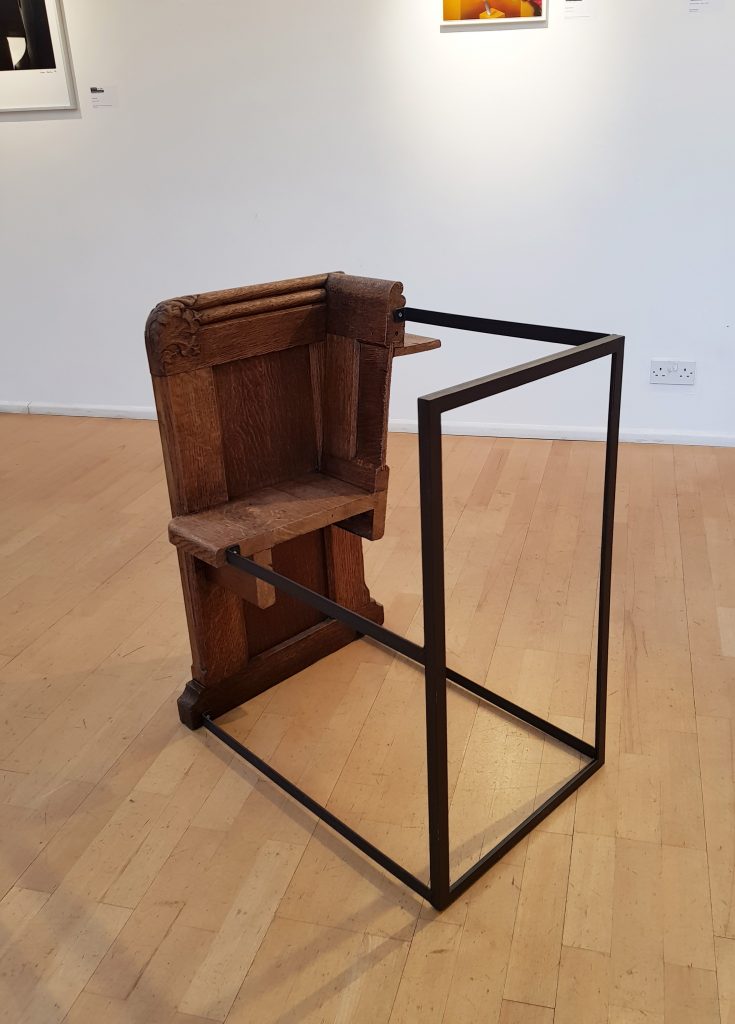
You’ve done a fantastic job of building an online presence. How important is it for emerging artists to embrace the digital world?
I don’t think artists can afford to not embrace it. By its very nature the digital world is a visual medium and as such is perfect for artists. We are able to have our work seen, albeit a digital version, around the world and reach a massive audience. Prior to social media, promoting one’s work was much harder and expensive, however now we can reach a huge number of people and mostly for free! Whilst the bricks and mortar galleries and shows will always be important, the ability for artists to promote themselves on the internet means that they can make themselves discoverable. It’s because of the internet that my work has been purchased by collectors in America and Canada.
The ability to search other artists has been very helpful. I discovered whilst looking online that there is another artist called Teresa Byrne in Australia. I was once taking part in an art focus group and the intern put up the wrong website for my introduction. Whilst she has a very different style to me it was confusing, hence I changed my working name to Teresa Zerafa Byrne. A new website (www.teresazerafabyrne.com) which reflects my working name, has finally been launched so the complete transition over to that site will require a bit of planning. I’ve had to learn a few new skills to embrace the digital world but I’ve had fun doing so.
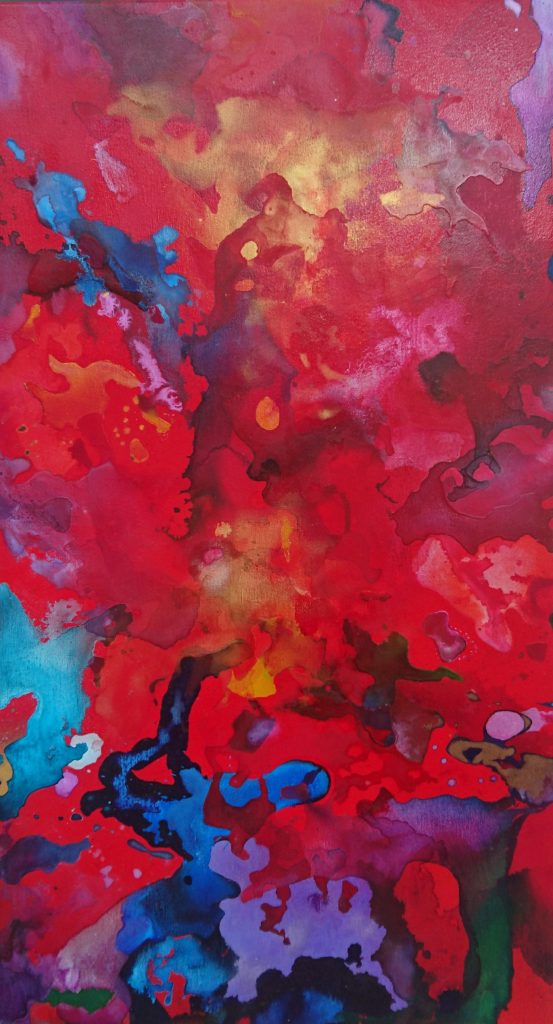
What are you looking forward to in 2018? Do you have an “artistic” new year’s resolution?
I’ve a few events lined up already for 2018, so I’m going to be busy with them. I’ve been producing more works on canvas recently and I want to continue with my latest series of works. I’m thinking about studying for an MA, and I’ve found one course in particular that I’m really eager to look at as it seems perfect for me, however it depends on a few other things so it’s not definite!
As for “artistic “ resolutions for the new year I suppose it’s to continue pushing myself, and to make sure that the work I produce excites me. If I don’t feel excited about my work why should anyone else?
Let us know you want us to write more content like this with a love!
Share
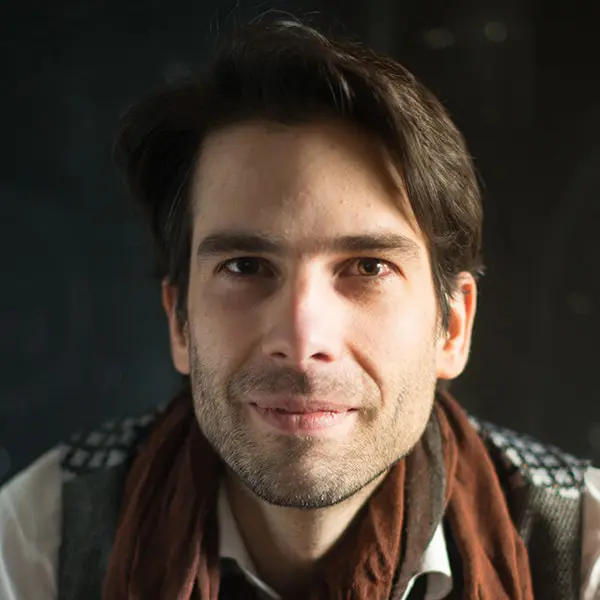
Guy Armitage is the founder of Zealous and author of “Everyone is Creative“. He is on a mission to amplify the world’s creative potential.



